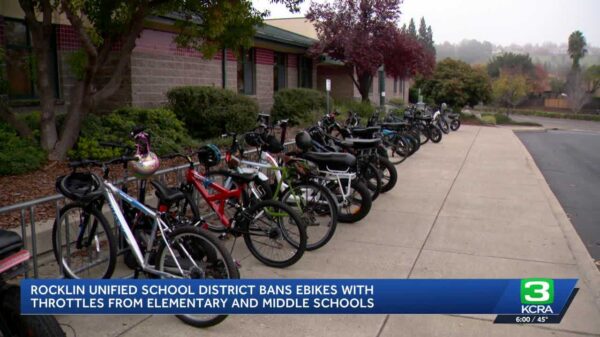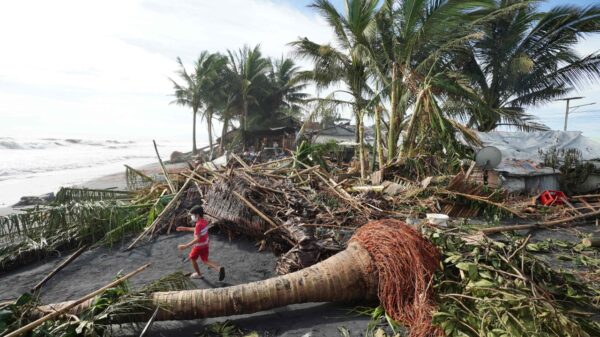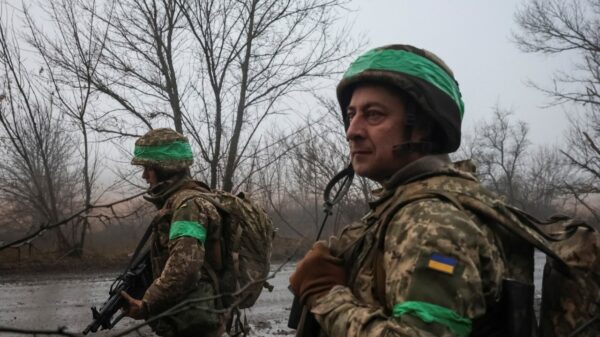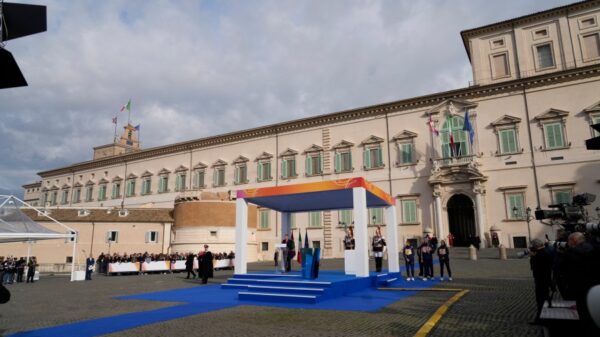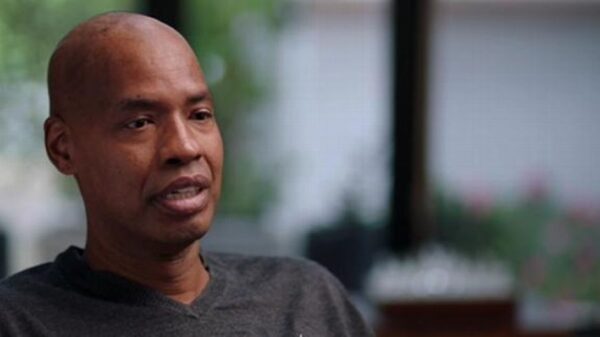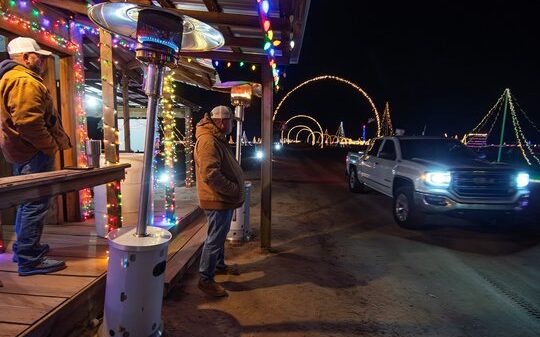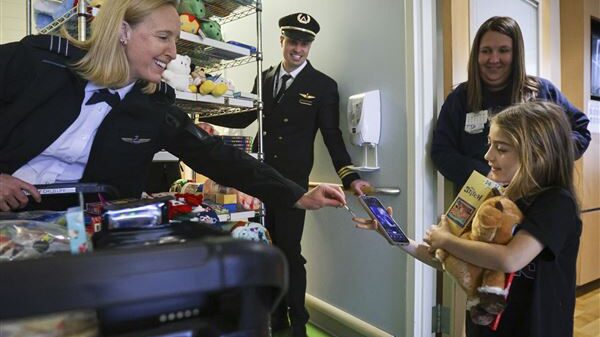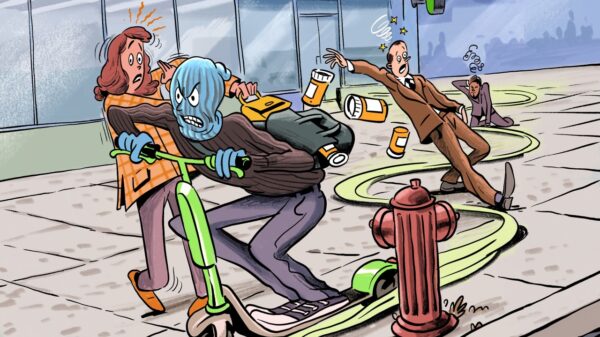As conflict recedes, many Sudanese are returning to their devastated capital, Khartoum, in hopes of rebuilding their lives. Among them is Afaf al-Tayeb, who returned in June to her severely damaged home, a windowless shell in the Al-Qawz district. Displaced multiple times since the civil war erupted over two years ago, al-Tayeb, along with her son Mohamed al-Khedr, faces the daunting task of reclaiming a sense of normalcy amidst the ruins.
Once a vibrant family home, al-Tayeb’s residence was reduced to ashes, losing treasured photographs and possessions in a fire that occurred in March. “The loss of my home left me in tears and deep sorrow,” she shared with The Associated Press. The family first fled to the Hilaliya area in Gezira province, where they took nothing but the clothes on their backs. They returned to Al-Qawz only to be driven away again by the Rapid Support Forces (RSF), leading to further displacements within Khartoum.
According to the International Organization for Migration, approximately 1.2 million people have returned to Sudan from December 2024 to May 2025. The ongoing conflict has uprooted over 12 million individuals, with 3.2 million seeking refuge in neighboring countries since fighting began in April 2023. The war has claimed more than 40,000 lives, pushing many to the brink of famine.
As the Sudanese army asserts control over the capital, including key infrastructure like the airport, the path to recovery remains fraught with challenges. Gen. Abdel-Fattah Burhan, the army chief, returned to Khartoum in March for the first time since the conflict escalated, but the scars of war are evident.
Infrastructure Collapse and Community Resilience
In many areas reclaimed by the military, residents return to find homes in ruins and communities without basic services. Mohanad Elbalal, cofounder of Khartoum Aid Kitchen, reported that neighborhoods lack electricity and clean water. “In some areas, there’s been a complete dismantling of the infrastructure,” he noted. Reports indicate that over 60 electricity and water facilities have suffered extensive damage, with 16 of those located in Khartoum itself.
Officials from Khartoum province disclosed that 77 power transfer stations have been looted or destroyed, leaving many areas in darkness. Despite these challenges, Altyeb Saad, a spokesperson for the provincial government, stated, “Khartoum took serious steps towards repairment” and that the first phase of rebuilding, which includes clearing debris and unexploded ordnance, is nearing completion. The focus is now shifting to restoring essential services such as electricity and clean water.
Khartoum’s reconstruction is expected to cost billions of dollars, and while some communities are taking it upon themselves to restore basic infrastructure, the pace of recovery remains slow. Kholood Khair, founding director of Confluence Advisory, warned that the ongoing conflict could deter international donors, as establishing a reliable governing partner for redevelopment poses significant challenges.
Returnees Face Ongoing Difficulties
For al-Tayeb, returning to a home stripped of its former life is bittersweet. Even her buried gold had been stolen during the chaos. With the RSF fighters no longer in their neighborhood, she and her son still grapple with the absence of basic necessities. They rely on costly water deliveries and the limited power provided by solar panels. “Why did they liberate Khartoum if we’re left for months without basic services?” she questioned.
Her neighbor, Nasser al-Assad, has endured five displacements and returned home on July 26, only to discover his property partially destroyed by shelling. Like others, he struggles to secure essentials. Community members have banded together to restore electricity and access to clean water, but these efforts are not sufficient.
In recent weeks, footage from Khartoum has shown young residents taking initiative to clean their neighborhoods, clearing debris and reviving a sense of community. Elbalal pointed out that the lack of infrastructure hampers job opportunities, forcing many to depend on charity kitchens for food. While Khartoum Aid Kitchen previously served around 4,000 people daily at the height of the conflict, that number has halved, yet many still rely on these kitchens for survival.
The return of displaced individuals to Khartoum, while a sign of hope, is overshadowed by the persistent threat of insecurity. Incidents of robbery, ethnic profiling, and illegal occupations of homes continue to plague the city, exacerbating the already dire situation. “The lack of services and increased militarization are the perfect recipe for organized crime to take root,” Khair added.
As Khartoum attempts to rise from the ashes of war, the resilience of its people shines through, even in the face of overwhelming odds. The road ahead remains fraught with challenges, but the determination to rebuild and reclaim their lives underscores the enduring spirit of the Sudanese people.





